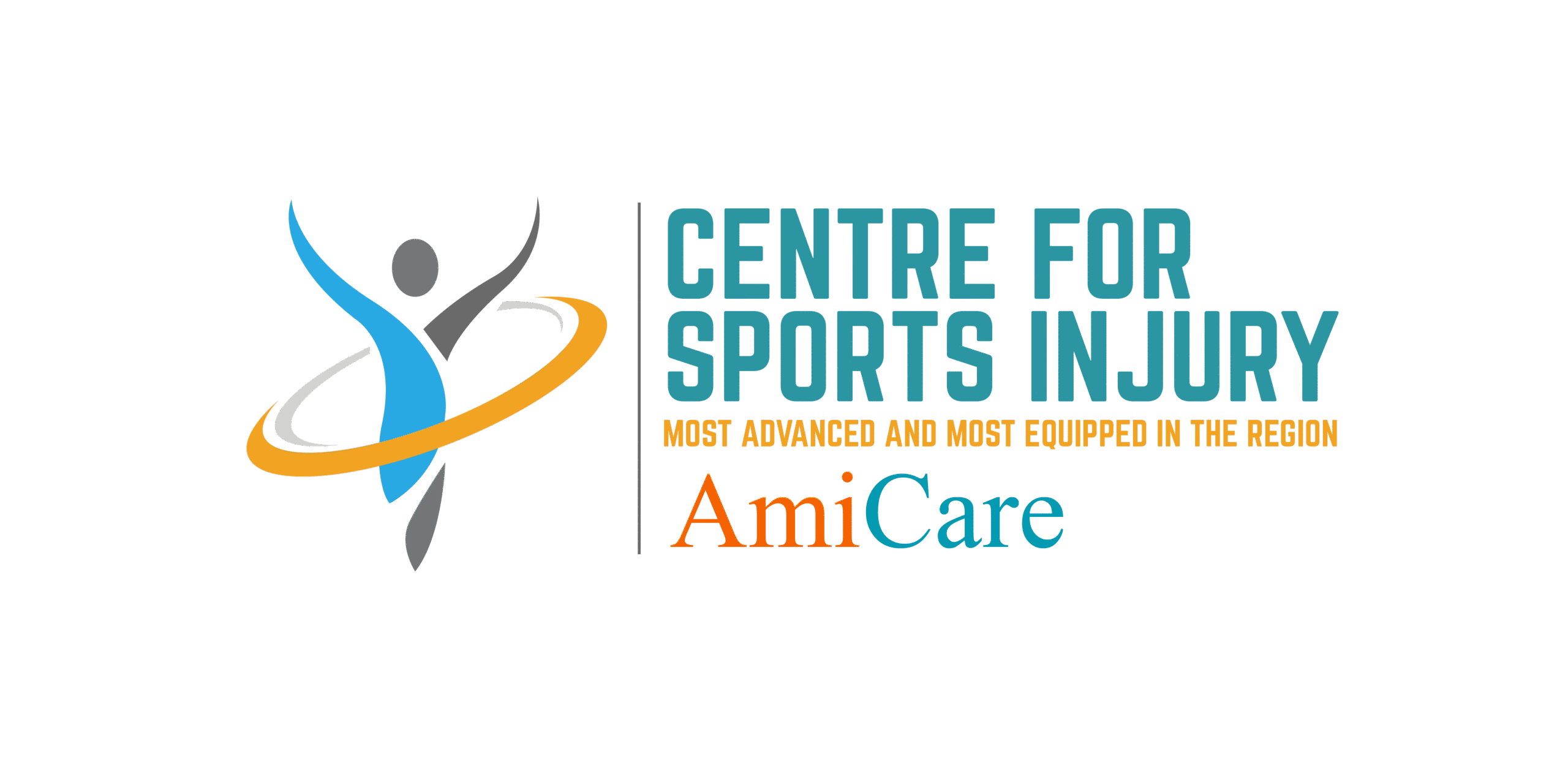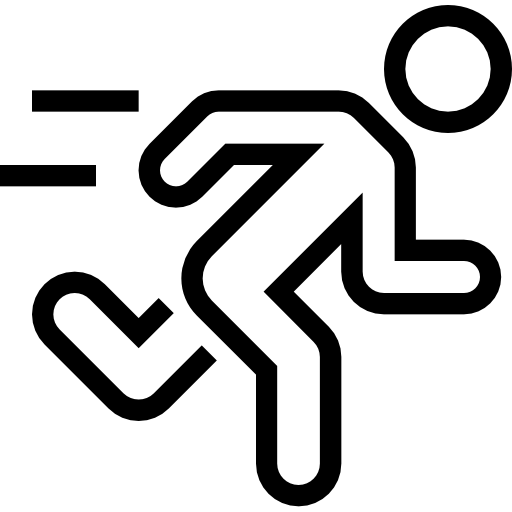Plantar Fasciitis Treatment
Best Sports Injury Centre for Plantar Fasciitis Treatment in Ghaziabad
Welcome to Amicare Hospital, the leading sports injury centre for plantar fasciitis treatment in Ghaziabad. If you’re an athlete, sports enthusiast, or someone facing foot pain from daily walks or runs, plantar fasciitis can make every step hurt. This condition, where the tissue under your foot gets inflamed, causes sharp heel pain and limits your activities. Our team, led by Dr. Himanshu Gupta—an orthopedic expert with over 10 years of experience and advanced training in Germany, Singapore, and Japan—has treated over 1,000 foot and joint cases successfully. We use gentle methods like physical therapy, custom orthotics, and minimally invasive options to help cricketers, footballers, runners, and active individuals ease plantar fasciitis pain and get back on their feet. Whether it’s from running on roads or playing sports, our personalized plans focus on quick relief and long-term foot health.
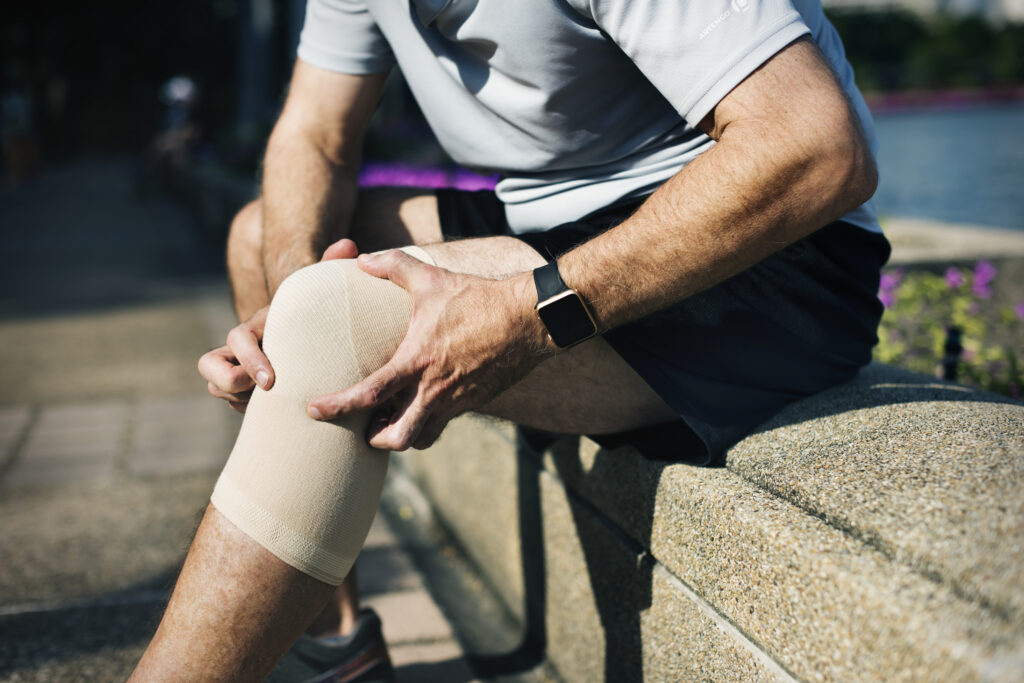
What is Plantar Fasciitis?
Plantar fasciitis is a common foot injury where the thick band of tissue (plantar fascia) running from your heel to toes gets irritated and swollen. This tissue supports your foot arch and absorbs shock during walking or running, but when it tears or strains, it leads to stabbing heel pain, especially in the morning or after rest. It’s often called “heel spur syndrome,” but it’s really about inflammation in the plantar aspect of the foot. In sports like cricket, football, or running, it’s frequent due to repeated stress on the feet. Studies show it affects up to 10% of runners and athletes, making plantar fasciitis one of the most common sports injuries.
Types of Plantar Fasciitis and Foot Injuries
Plantar fasciitis can vary, and understanding types helps with the right care. Here are common ones in sports and daily life:
- Acute Plantar Fasciitis: Sudden pain from a hard landing or twist, common in footballers with quick stops.
- Chronic Plantar Fasciitis: Ongoing heel pain from repeated strain, seen in runners ignoring early symptoms.
- Plantar Fasciitis with Heel Spurs: Bone growth under the heel adds pain, often in older athletes.
- Foot Ligament Injury: Strains in the plantar ligaments, leading to instability and related plantar fasciitis causes.
- Arch-Related Foot Injuries: Flat feet or high arches worsen plantar fasciitis symptoms, common in cricket players on uneven grounds.
- Stress Fractures in Feet: Tiny bone cracks from overuse, mimicking plantar fasciitis pain.
Each type needs customized plantar fasciitis treatment to avoid repeats.

Notice the Signs Before It’s Serious
Know the signs of plantar fasciitis before it gets worse.
Sharp Heel Pain
Intense pain at the bottom of the heel, especially with the first steps in the morning.
Pain After Activity
Discomfort that worsens after exercise or prolonged standing.
Stiffness in the Foot
Difficulty flexing the foot or tightness along the arch.

Common Causes of Plantar Fasciitis & Foot Injury?
Plantar fasciitis happens from too much stress on the foot tissue. Main causes include:
- Sports Activities: Running, jumping, or quick changes in football or basketball strain the plantar fascia, leading to common sports injuries.
- Poor Footwear: Shoes without support cause plantar fasciitis, leading to arch strain, especially on hard surfaces.
- Overuse: Long hours standing or walking for training, common among fitness enthusiasts.
- Foot Structure: Flat feet or high arches increase risks, causing foot ligament injury.
- Weight or Age: Extra weight or aging weakens tissue, making plantar fasciitis more likely.
Athletes in local leagues face higher chances from intense play.


Symptoms to Watch For
Spot signs early to stop worsening. Common plantar fasciitis symptoms include:
- Heel Pain: Sharp stabbing pain in the morning or after sitting, key in plantar fasciitis heel pain.
- Swelling: Mild puffiness around the heel or arch.
- Stiffness: Hard to flex the foot, especially after rest.
- Pain During Activity: Worsens with running or jumping in sports injuries.
- Tenderness: Sore when pressing the plantar aspect of the foot.
If these hit after a game, get checked to avoid chronic issues
Diagnosis at Amicare
A good diagnosis leads to the right plantar fasciitis treatment in Ghaziabad. Dr. Gupta’s process begins with a detailed history review, discussing sports activities or daily habits that may be causing pain. This is followed by physical exams, such as pressing the heel to check for tenderness and testing arch support. Imaging techniques like X-rays are used to detect heel spurs, while ultrasound helps identify tissue inflammation. A functional test, including walking analysis, is also performed to assess how plantar fasciitis affects movement. With advanced diagnostics, our hospital ensures accurate identification of foot ligament injuries or plantar fasciitis causes, helping you avoid long-term complications.
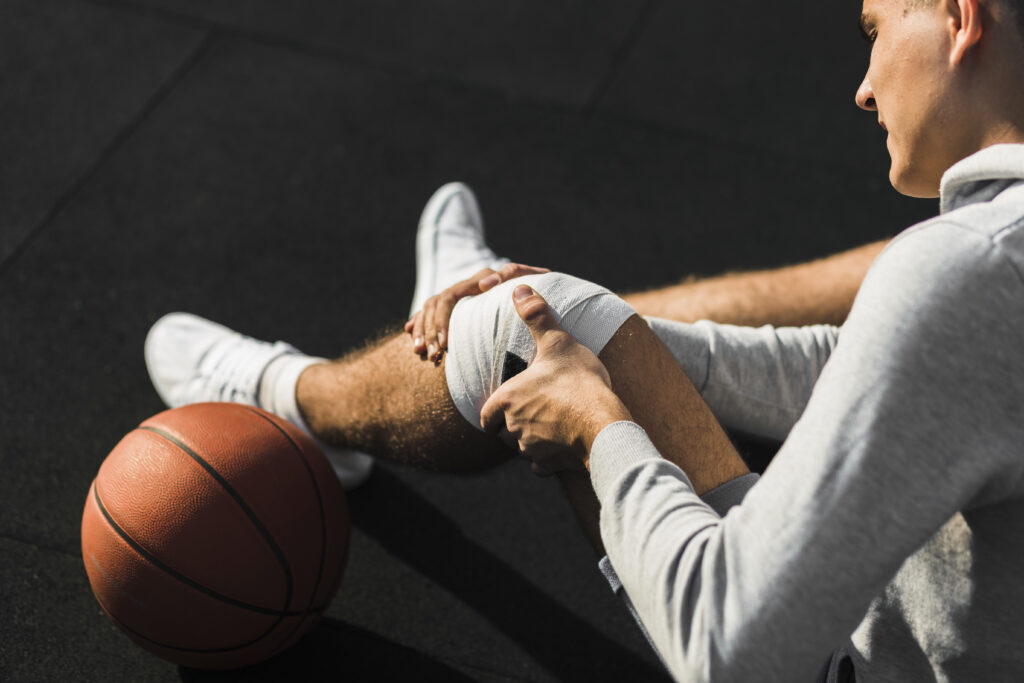
Risks of Delaying Treatment
- Chronic Pain: Constant heel ache affecting walks or sports.
- Worsening Inflammation: Leads to tears in the plantar tissue.
- Other Foot Injuries: Strains causing foot ligament injury or stress fractures.
- Limited Mobility: Hard to run or play, common in sports injuries.

Surgical Treatment
- Release Surgery: A small, minimally invasive procedure where the tight band of tissue (fascia) in your foot is gently released to ease pressure and pain.
- Heel Spur Removal: If a bony growth (heel spur) is causing your discomfort, it can be removed through tiny cuts for faster healing.
- Details: 1 hour, low risk (<1%), for chronic plantar fasciitis surgery.
Non-Surgical Treatment
For most:
- Physical Therapy: Plantar fasciitis exercises to stretch and strengthen.
- Orthotics: Custom insoles as plantar fasciitis shoes support.
- Injections: Corticosteroids for quick plantar fasciitis pain relief.
- Night Splints: Keep foot stretched overnight.
Good for early stages.
See the table for choices:
Treatment Option | How It Works | Ideal For | Recovery Time | Benefits | Limitations |
Release Surgery | Cuts fascia to ease tension | Chronic cases | 6–12 weeks | Long relief, 95% success | Surgery, rest needed |
Shockwave Therapy | Waves break scar tissue | Moderate pain | 4–6 weeks | No cuts, quick sessions | May need repeats |
Physical Therapy | Stretches and exercises | Early stages | 2–4 months | Builds strength, no risk | Takes time |
Orthotics | Custom insoles support the arch | Daily pain | Immediate | Comfortable, preventive | Not a cure alone |
Injections | Reduce inflammation | Severe pain | 1–2 weeks | Fast relief | Temporary, side effects |
Recovery After Plantar Fasciitis Treatment
Recovery varies, but we support you.
Recovery Phases (Week-by-Week)
- Weeks 1–2: Rest, ice, elevate feet.
- Weeks 3–6: Light stretches, therapy.
- Months 2–3: Strength exercises.
- Months 4–6: Full sports return.
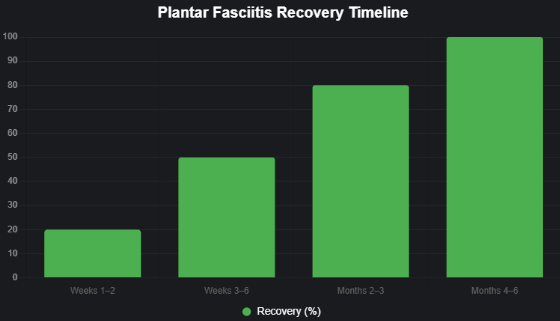
Why Athletes Trust Our Plantar Fasciitis Treatment
Amicare Hospital is trusted by 750+ athletes across Delhi NCR for expert diagnosis, treatment, and rehabilitation of plantar fasciitis. With advanced imaging, targeted therapies, and a 98% recovery success rate under the guidance of Dr. Himanshu Gupta, we focus on relieving heel pain, reducing inflammation, and restoring full foot function. Our goal is to help you heal stronger and return to your sport or active lifestyle with confidence.

Cost of Plantar Fasciitis Treatment
The cost of plantar fasciitis treatment in Ghaziabad depends on how severe your heel pain is, how long you’ve had it, and the type of treatment you need. At Amicare Hospital, we believe in transparent, affordable pricing so you know exactly what to expect.
- Non-Surgical Treatment: For mild to moderate cases, options like physical therapy, stretching programs, custom orthotics, shockwave therapy, and footwear guidance are used. These typically involve multiple sessions spread over a few weeks.
- Surgical Treatment (Rare & for Severe Cases): In cases where pain doesn’t improve with conservative methods, minimally invasive surgery may be needed to release tight tissue and restore mobility.

Injury Prevention Tips for Athletes
Whether you’re a runner, footballer, cricketer, or fitness enthusiast, plantar fasciitis can be prevented with the right care. Here’s how to keep your feet strong and pain-free:
- Warm-Up Before Play: Spend 10–15 minutes doing gentle stretches like calf raises, toe curls, and ankle rotations before starting any sport or workout.
- Strengthening Exercises: Include foot-specific exercises such as toe scrunches with a towel, heel raises, and squats to improve arch support.
- Use Proper Technique: Land softly when jumping or running to reduce impact on the heel.
- Wear the Right Footwear: Choose supportive plantar fasciitis shoes or sports shoes with proper cushioning and arch support.
- Rest & Recovery: Take at least one rest day per week to avoid overuse injuries.
- Long-Term Care: Maintain a healthy weight to reduce stress on your heels and arches.
Small, consistent steps in prevention can save you months of pain and recovery later.

Cost of Plantar Fasciitis Treatment
The cost of plantar fasciitis treatment in Ghaziabad depends on how severe your heel pain is, how long you’ve had it, and the type of treatment you need. At Amicare Hospital, we believe in transparent, affordable pricing so you know exactly what to expect.
- Non-Surgical Treatment: For mild to moderate cases, options like physical therapy, stretching programs, custom orthotics, shockwave therapy, and footwear guidance are used. These typically involve multiple sessions spread over a few weeks.
- Surgical Treatment (Rare & for Severe Cases): In cases where pain doesn’t improve with conservative methods, minimally invasive surgery may be needed to release tight tissue and restore mobility.

Injury Prevention Tips for Athletes
Whether you’re a runner, footballer, cricketer, or fitness enthusiast, plantar fasciitis can be prevented with the right care. Here’s how to keep your feet strong and pain-free:
- Warm-Up Before Play: Spend 10–15 minutes doing gentle stretches like calf raises, toe curls, and ankle rotations before starting any sport or workout.
- Strengthening Exercises: Include foot-specific exercises such as toe scrunches with a towel, heel raises, and squats to improve arch support.
- Use Proper Technique: Land softly when jumping or running to reduce impact on the heel.
- Wear the Right Footwear: Choose supportive plantar fasciitis shoes or sports shoes with proper cushioning and arch support.
- Rest & Recovery: Take at least one rest day per week to avoid overuse injuries.
- Long-Term Care: Maintain a healthy weight to reduce stress on your heels and arches.
Small, consistent steps in prevention can save you months of pain and recovery later.
Frequently Asked Question
Plantar fasciitis is an inflammation of the plantar fascia, a thick band of tissue running across the bottom of your foot from heel to toes. When this tissue is strained or overused, it causes sharp heel pain—especially during your first steps in the morning or after long periods of rest.
The main symptom is a stabbing pain in the heel, often worse in the morning or after sitting. Other symptoms include tenderness in the arch, swelling near the heel, and stiffness that improves as you move.
It is usually caused by repetitive stress on the plantar fascia. Common triggers include long hours of standing, wearing unsupportive shoes, running on hard surfaces, being overweight, or having flat feet or high arches.
Gentle exercises can reduce pain and speed recovery. Examples include:
- Calf stretches to release tension in the Achilles tendon
- Toe curls with a towel to strengthen foot muscles
Rolling a tennis ball under your foot to massage the fascia
The best stretches focus on the calves and plantar fascia. Wall calf stretches relieve heel tension, towel stretches improve arch flexibility, and plantar fascia stretches (pulling toes back toward the shin) ease tightness in the foot.
Supportive shoes with firm arch support, cushioned soles, and a slightly raised heel are ideal. Avoid flat, thin-soled shoes or worn-out sneakers.
